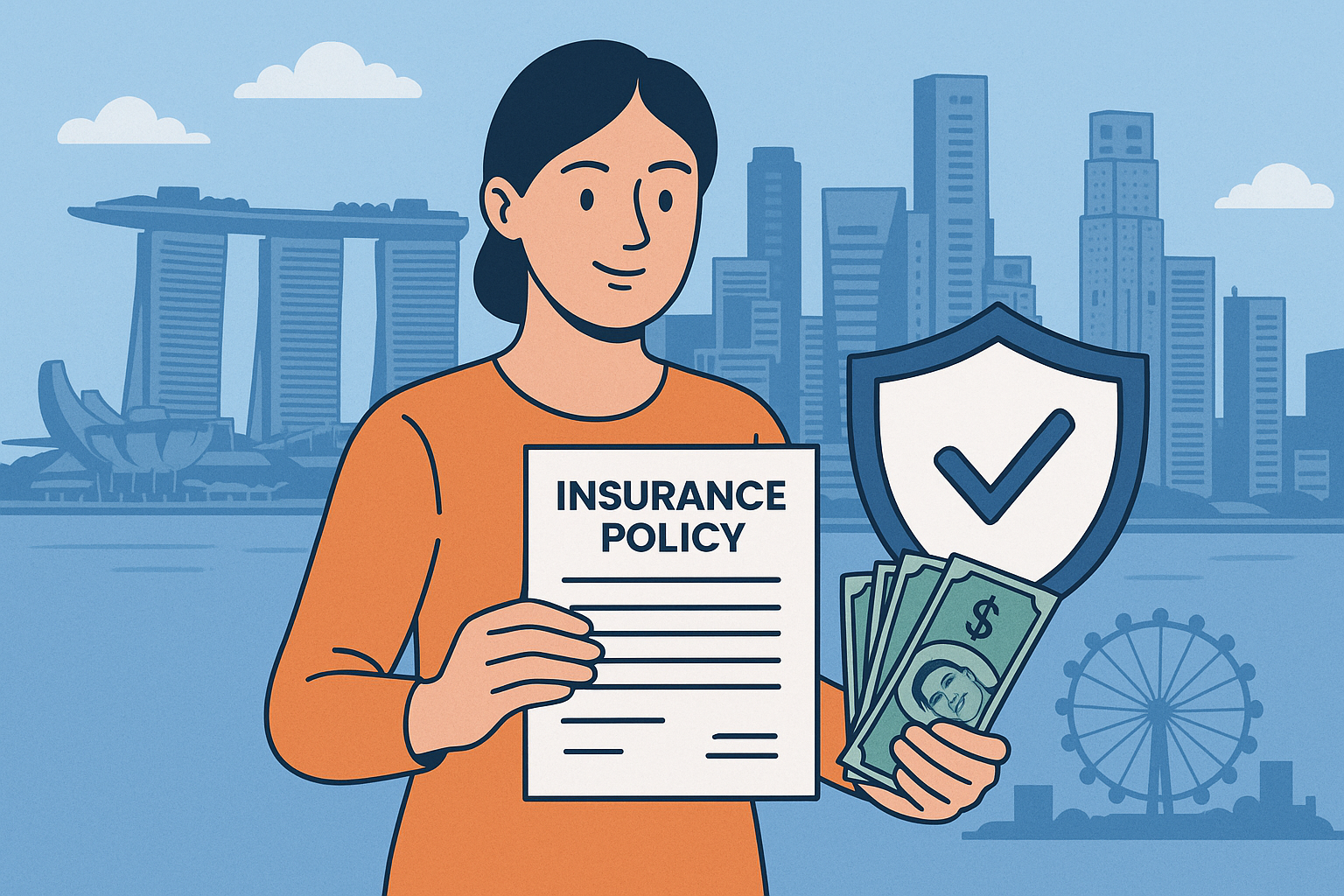
High Interest Loans? Why not consider taking up a loan from your own Policy?
Insurance Policy Loans in Singapore: What You Need to Know
When an urgent need for cash arises, most people in Singapore typically consider bank loans, pawnshops, or licensed moneylenders. However, there is another option that many overlook: borrowing against your own insurance policy. Policy loans can offer quick access to funds, but it’s crucial to understand how they work and the impact they may have on your insurance portfolio.
How Policy Loans Work
A policy loan is a facility provided by your insurer, allowing you to borrow money using the cash value of your insurance policy as collateral. This is only possible if you own a policy that accumulates cash value, such as whole life, endowment, or annuity plans—term insurance policies do not qualify.
In essence, you are not withdrawing your cash value but pledging it to secure a loan from the insurer. The loan amount you can access depends on how much cash value your policy has built up, typically after several years of premium payments.
If you do not repay the loan, it is not considered a default in the traditional sense. However, any outstanding amount plus interest will be deducted from your policy’s death benefit or surrender value. If the loan and accrued interest exceed the policy’s cash value, your policy may lapse, resulting in a loss of coverage.
Pros and Cons of Policy Loans
| Pros | Cons | |
|---|---|---|
| Quick access to cash with minimal paperwork and no credit checks | Reduces policy’s cash value and death benefit if not repaid | |
| No fixed repayment schedule or legal obligation to repay | Interest compounds; unpaid loans can cause policy to lapse | |
| Lower interest rates than unsecured loans | Only available for policies with sufficient cash value | |
| No impact on your credit score |
|
|
| Flexible usage of funds |
When Should You Consider a Policy Loan?
Policy loans are most suitable when:
-
You are over-leveraged and have unsecured debt close to or exceeding 12 times your monthly income
-
You are unsure about your ability to repay the loan in full
-
You have a qualifying insurance policy with sufficient accumulated cash value
-
You need a guaranteed source of cash quickly1
Conversely, a bank loan may be preferable if you:
-
Do not have high unsecured debt
-
Are confident about repaying the loan
-
Require a larger loan amount than your policy can provide
-
Do not own a qualifying insurance policy or your policy lacks sufficient cash value1
Criteria to Take Up a Policy Loan in Singapore
To be eligible for a policy loan, you must meet these criteria:
-
Policy Type: Must be a cash-value insurance policy (whole life, endowment, or annuity)
-
Policy Status: The policy must be active and not lapsed
-
Sufficient Cash Value: The policy must have accumulated enough cash value, which usually takes several years
-
Loan Limits: Most insurers allow you to borrow up to 80–90% of the policy’s net surrender value
-
Application Process: Apply directly with your insurer, often via a simple form. Approval is generally straightforward
-
Interest Rates: Interest is charged on the loan amount and compounds annually. Some example of the insurer’s Interest rate, with rates subject to change
- Income Insurance: 5.25% for SGD policies and 5.60% for USD policies.
- Prudential: 5.25% for SGD policies and 5.75% for USD policies.
- Manulife: 6.75%.
- China Taiping: 6.25%.
- HSBC Life: 6.5%.
- Great Eastern: 6.0% for SGD and 6.5% for USD APL (Automatic Premium Loan).
- Income Insurance: 5.25% for SGD policies and 5.60% for USD policies.
Summary Table: Policy Loan vs. Bank Loan
| Feature | Policy Loan | Bank Loan |
|---|---|---|
| Collateral | Policy cash value | None (unsecured) |
| Interest Rate | Generally lower | Generally higher |
| Repayment Obligation | No fixed term; repayment optional | Fixed monthly repayments |
| Credit Check | Not required | Required |
| Impact on Credit Score | None | Yes |
| Loan Amount | Up to 80–90% of cash value | Based on income/creditworthiness |
| Policy Impact | Reduces benefits if unpaid | No impact |
Conclusion
Policy loans in Singapore can be a practical solution for accessing cash in emergencies, especially if you have a qualifying policy with sufficient cash value. They offer flexibility and relatively low interest rates, but come with the risk of reducing your policy’s benefits and even causing your policy to lapse if unmanaged. Carefully weigh the pros and cons and ensure you understand the terms before proceeding with a policy loan
Important: The information and opinions in this article are for general information purposes only. They should not be relied on as professional financial advice. Readers should seek unbiased financial advice that is customised to their specific financial objectives, situations & needs. This advertisement or publication has not been reviewed by the Monetary Authority of Singapore.

Published By:
Chiang Wen Kai 詹渂凯
The Financial Architect, advising business owners, SMEs business owners.
While business owners dedicate themselves to the everyday demands of running their companies, I apply my financial expertise to ensure they are fully shielded from life’s uncertainties and financial storms.
About Me: Having worked in the SME/Corporate banking industry in my early years, I share the passion of what business owners shared of waking up everyday ready to grind and make their business dream come true. ever since, for more than 10 years now, I have been helping business owners and their family find predictability, stability and financial certainty in the uncertain landscape.
My Services: Offering expert business advisory services focused on protecting retirement assets and safeguarding business value, I help entrepreneurs, business owners, and family enterprises stay resilient amid uncertainties and succession events.
My comprehensive suite of solutions ensures business owners can secure their legacy, provide for their families, and maintain organizational stability through life’s critical transitions.
Advisory Services Overview
Protection of Retirement Assets: Design holistic plans to shelter personal and business retirement savings against creditor claims and market risks, leveraging compliant structures and diversified portfolios.
Protecting Business Value: Implement strategies such as asset segregation, trusts, and liability coverage to shield business assets and maintain value through turbulence or ownership change.
Family Cash Out & Continuity: Enable families to access fair value from business assets after an owner’s demise, and provide business buyout funding for smooth generational succession or exit planning.
Business Continuity for Shareholders: Structure buy-sell agreements, shareholder insurance, and continuity funding to ensure the ongoing operation of the business in the face of partner exits, deaths, or disabilities.
Debt Cancellation & Collateral: Advise on optimized use of insurance, structured loans, and collateral assignments to handle liabilities, support business growth, and mitigate loan risk.
Cash Flow Management: Develop tailored cash flow strategies for operational stability, including debt management, liquidity planning, and revenue smoothing for greater financial resilience.
Buy/Sell Agreements: Facilitate buy-in, buy-out, and share-exchange arrangements between shareholders, simplifying ownership transitions and reducing conflict during changes.
Golden Handcuffs/Handshake: Advise on bespoke compensation plans, such as deferred bonuses or retirement gratuities, that help attract, retain, and reward key employees or family members in the business.
Key Person Protection: Secure profits and operational stability through keyman insurance or contingency arrangements to offset the financial impact of losing crucial team members.
Family Business Expansion Funding: Structure funding and succession vehicles to support family business growth, help families tap into new markets, or recapitalize when leadership changes.
Distinctive Approach
Personalized Strategies: All solutions are customized to the client’s unique business, family, and personal financial profile, with a focus on both wealth preservation and business growth.
Succession-Ready Planning: Use proven frameworks and tools for succession planning, including role mapping, successor assessment, and implementation timelines to future-proof your business.
Holistic Protection: Integrate asset protection, business value, tax strategies, and employee incentives into a single, coherent advisory offering.
Trusted Guidance: Extensive experience helping owners address both business and personal financial risks, ensuring smooth transitions and peace of mind for all stakeholders.

CONTACT US
- 150 Beach Road #12-01/08, Gateway West Singapore 189720
- +65 62221889
- +65 62221019
- feedback@fa.com.sg
